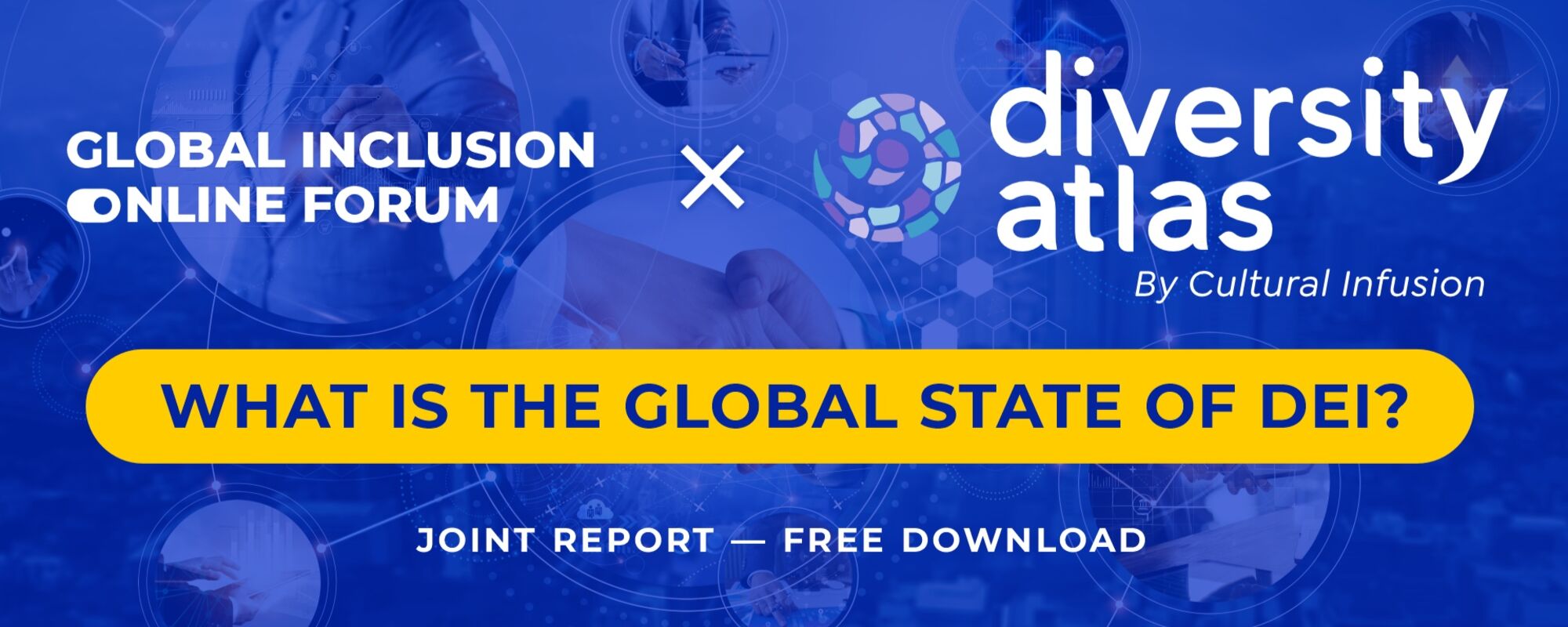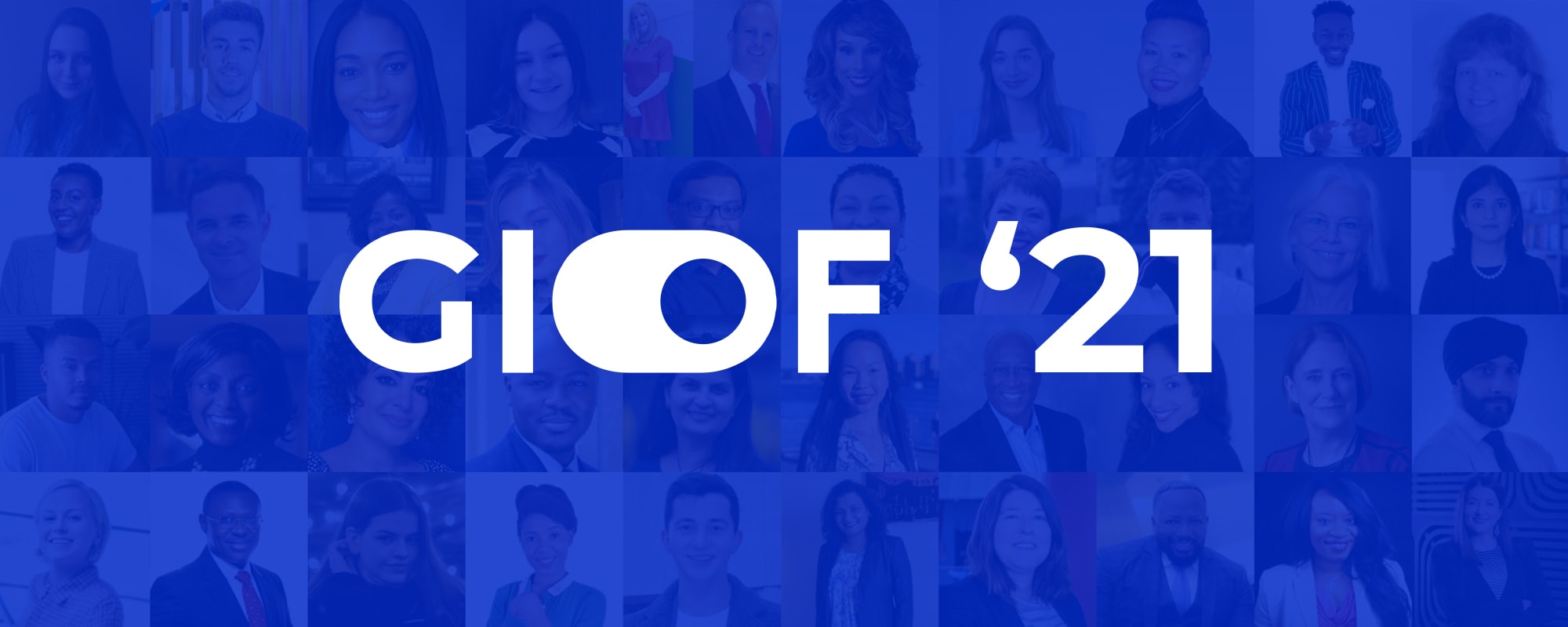Blind Hiring: Ending the Global Discrimination Debate

Article by Kostiantyn Gridin,
Global Inclusion Online Forum Big Ideas Officer
2023 marks a new milestone in the history of global diversity. More than ever before this topic features heavily in political campaigns in the United States, a long-standing leader of the global diversity conversation.
Only three years have passed since the George Floyd murder, after which all major companies announced massive support programs for diversity. However, these same companies are increasingly reversing course: diversity officers are being laid off, DEI budgets cut, and DEI programs scaled down. Society and the corporate world have become polarized over the diversity debate. The key question is: should potential employees or students have advantages based on their race, gender, socio-economic background or other demographics, or should the world aim for full equality based only on skills, abilities and qualifications?
Regardless of their stance on this issue, the majority of corporations do not have policies in place to hire employees in a transparent way. Companies supporting diverse representation as their main goal usually resort to quotas, which can be regarded as discriminatory. Companies aiming for equal opportunity do not have mechanisms to eliminate hiring managers’ personal biases when assessing candidates’ skills and qualifications. Either approach creates a status quo where both majority and minority at most corporations face unfair employment prospects; minorities must be on guard against systemic racism and sexism, while a white male majority is wary of inequitable advantages given to less qualified, diverse employees.
Whatever your position, blind hiring represents a new era of HR that can help companies end these internal debates. Blind hiring consists of three main stages: blind resume pre-screening, blind tests and blind interviews, all submittedwithout personally identifiable information (PII). During the interview process, candidates’ appearance is hidden from the decision makers via special technology. Even candidates’ voices are modified with voice-masking technology so decision makers cannot guess a candidate’s age or gender.
Despite being on the market for some time, blind hiring is still considered a marginal technology that only a few companies are utilizing. Even those companies which do practice blind hiring do not go fully blind,conducting final interviews with the candidate’s entire appearance in view and all his or her personal data disclosed. Reportedly only one company in the world has practiced fully blind hiring, including the final interview, ensuring throughout hiring that all personal biases were completely eliminated from the decision making process.
With more companies and universities aiming to establish a more equitable and competitive hiring process, the interest towards blind hiring technology is growing. Jobecam, one of the world’s leading platforms for blind hiring technology, recently received significant funding from American venture capitalists. Global Inclusion Online Forum, a rapidly growing global DEI platform, first initiated the world’s first fully blind hiring experiment and is raising awareness about it through their webinars and events.
For companies who support equal opportunity and a bias-free, competitive hiring environment,blind hiring offers attractive benefits. Blind hiring eliminates biases, sending a clear signal that the hiring manager is selecting the best people on the market regardless of gender, race, ability or disability. Even if a company has racial, gender or other representation goals, blind hiring is the only tool that can allow companies to assess their candidates’ skills and demographics separately. For example, there are multiple research studies (see here or here) that indicate a candidate’s physical appearance makes an impact on the skills assessment process. However, hiring managers can structure their decisions in a way that gives the skills assessment portion, for example, 80% of the total hiring score while the background assessment (including, race, socio-economic condition and any other parameter) is weighted at the remaining 20%.
By using this methodology in conjunction with diversity policies, companies can send a clear signal that race, gender and socio-economic background have no effect on their hiring process, but rather that everyone is treated with fairness and transparency.
In the last ten years we have seen mind-blowing innovations—chatbots, generative AI, remote collaboration tools, cloud computing, machine learning and more—adopted by companies around the globe. Meanwhile, key management processes such as hiring, promotion, and compensation have remained almost the same.
In a world where diversity and equality compete for influence, blind hiring offers fair, bias-free treatment of potential employees.

 Blind Hiring Summit: Embracing the New Age of HR
Blind Hiring Summit: Embracing the New Age of HR DEI Data Summit
DEI Data Summit Diversity Fatigue Summit
Diversity Fatigue Summit GIOF 2022 Annual Meeting
GIOF 2022 Annual Meeting Banking for everyone: Arising accessibility trends in banking and financial services
Banking for everyone: Arising accessibility trends in banking and financial services GIOF 2021
GIOF 2021 GIOF 2020
GIOF 2020